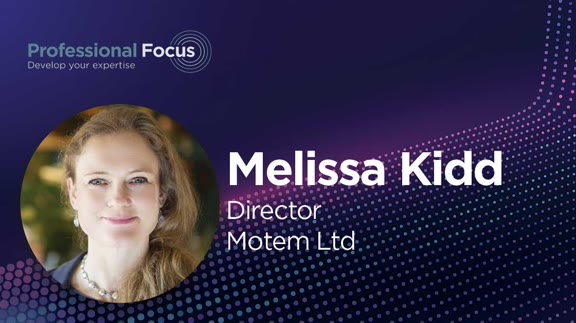Why should brokers invest in insurer relationships?
Publication date:
23 August 2023
Last updated:
25 February 2025
Author(s):
Isha Patel, ACII, Managing Partner South East, Partners&
As a broker, it is essential to have strong market relationships with insurers. Whilst this may be a long-held belief, in the era of digital trading, hybrid working and ever- increasing regulation, is this really still the case?
Having spent much of my career on the insurer side, the benefits of building relationships with brokers are clear. Many roles are focused solely on it. Having a good handle on the people you are trading with and ensuring they have a full understanding of product benefits makes sense. In addition, having a good level of trust and clear escalation points to fix issues quickly makes sense and there are many parallels to other industries where suppliers need strong account management capabilities. There is value from both a governance standpoint as well as the more regularly quoted trading relationship perspective.
On the flip side, why should brokers make time for insurers? There’s enough difficulty tracking down clients, re-keying into various portals and chasing terms. Is there still value in prioritising relationships? In short, my view is that there is even more to be gained than ever before.
As a broker, providing high quality advice is essential and to do that you need to have a deep understanding of your marketplace. There is no better way to learn this than hearing it directly from insurers, spending the time reviewing their products and asking questions. If you are mainly operating in the world of digital trading then arguably it’s even more important. These products are becoming increasingly commoditised and, in order to have a view on which product you are selecting and why, you must know the detail – the quality of your advice is your USP.
In addition, building a strong relationship with specific underwriters/insurers allows you to build a trading relationship. The foundations of this are transparency and trust around the presentation of the risk and then service and flexibility in return. This has not changed and in my view will not change. However, what has changed is the ability to make this happen as easily.
It is now far more difficult to organise insurers to come in and meet the team or walk the floor when many brokers across the land are adopting hybrid working practices - there may only be a small percentage of relevant people available. In addition, most of the training is being done virtually which doesn’t achieve the same engagement or knowledge recall. So, what can be done to preserve the fundamental relationships between insurers and brokers?
It is certainly possible to build relationships over the phone but far more difficult via email so reach for the phone wherever possible. Dedicate specific time to face to face interactions, perhaps consider hosting multiple insurers on one day to maximise engagement within your team when you’re all in the office. Finally, if you really must do a group webinar then try to treat is as a face to face - turn your webcam on, emails off and concentrate on absorbing as much information as possible!
Insurance is, after all, a people business. In our increasingly remote, virtual and digitised world, let’s all do what we can to bring people and relationships back to the centre of what we do.
Webinar series: How to build a productive underwriter and broker relationship
Explore the dynamics and relationships between brokers and underwriters further with this three-part webinar series hosted by Melissa Kidd. She explores the roles, pressures and priorities that each are under and offer some tips and techniques to strengthen the relationship when communicating and negotiating.

Part 1 of 3: "Foundations"
By the end of this first session, participants will be able to:
- Recognise the priorities of each role.
- Identify some of the pressures each role is under.
- Understand how to avoid certain strategies and tactics which can erode the relationship.

Part 2 of 3: "Communication styles and strategy"
By the end of this second session, participants will be able to:
- Recognise the personality styles commonly found in broking and underwriting.
- Use communication techniques to increase their flexibility and rapport.
- Apply relationship strengthening strategies.

Part 3 of 3: "Negotiation tips and techniques"
By the end of this third and last session, participants will be able to:
- Prepare effectively for negotiations.
- Recognize 5 common mistakes made by both roles when negotiating.
- Hold your ground when met with pushback.